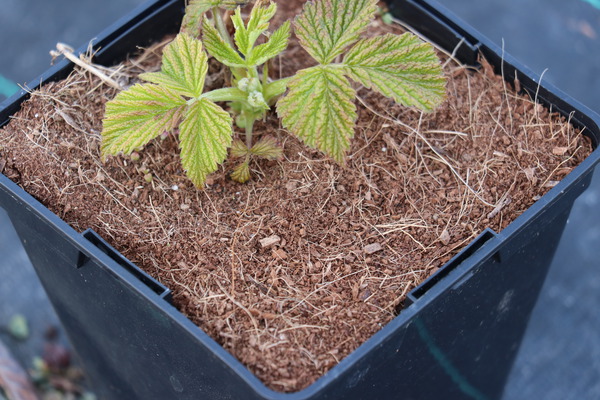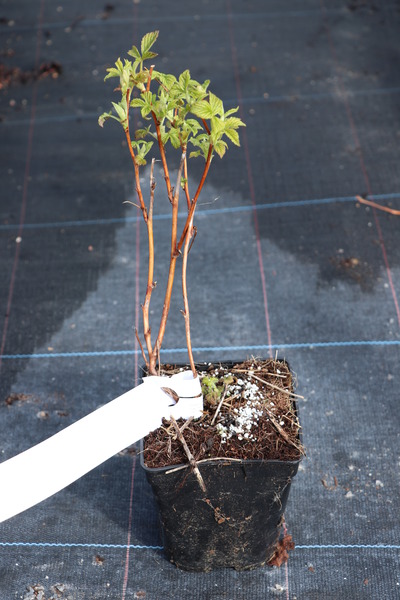 For optimum raspberry plant production and therefore also for a high-quality end product, it is of course not only the young plants, the right time and the ideal height when pruning raspberries that are responsible... The decisive factors are substrate and fertilisation.
For optimum raspberry plant production and therefore also for a high-quality end product, it is of course not only the young plants, the right time and the ideal height when pruning raspberries that are responsible... The decisive factors are substrate and fertilisation.
It depends on the right substrate
The substrate used in the raspberry plant production has a not to be underestimated influence on the later plant quality. When it comes to the substrate, it does not necessarily depend on which base and aggregates are used: raspberries grow in a pure peat substrate, but also with a peat-reduced substrate with compost and even with a pure coconut substrate very good qualities can be achieved. However, it is crucial that the substrate used is very loose and permeable to water, as the raspberries can cope with a too heavy/wet substrate much worse than other crops. At our sister company Lubera, but also among our customers, we have learned that water permeability is even more important in the northern German production areas than in the south.

Picture: a loose and water permeable coco substrate for the produktion of raspberry pots
A good plant nutrition is relentless
In addition to the substrate, the raspberries’ nutrient supply also plays an important role. Depending on the individual company structure and technical possibilities, there are quite different ways to ensure optimal plant development and to make raspberry plant production successful.
- Full storage in the substrate
Full storage with slow-release fertilisers in the substrate is also possible and feasible with raspberries. Due to the different duration of action of such fertilisers, these can be used very widely. It is only necessary to ensure that, whenever possible, freshly mixed substrates are used or quickly potted. If a fully stocked substrate has been in service for a while, caution is advised. The already released fertiliser can initially cause root damage to the young plants; later on, the nutrients are flushed out in the irrigation process. First, there is too much – and then too little fertilizer for the new, freshly developing roots...
- Partial storage in the substrate
As well as the full storage, a partial storage is also possible. Here only a part of the required fertiliser is mixed into the substrate. The missing part can be subsequently administered, preferably after pruning the raspberries, to the plants in solid or liquid form. Even with a partial storage, longer substrate storage of the fertiliser is released, which can possibly lead to root damage in the young plants...
- Zero substrate
As well as the use of a partially or fully stocked substrate, it is possible to use a substrate entirely without fertiliser. In this case, the fertiliser that is completely needed is added to the plants after potting: either in solid or liquid form or in a mixture of both. Here, the fertilisation can be adjusted accordingly especially towards autumn; nitrogen is reduced, potassium is increased.
Fertilising in the spring before the sale

Picture: re-fertilised rapsberry pot for spring-selling
When selling pre-produced plants in the spring, care should be taken – depending on the fertiliser used during production – that there is a slight re-fertilisation. The plant should also develop ideally at the POS and later at the customer. This is especially advisable for autumn raspberries, as the subsequent fruit quality depends on the nutritional status of the plant and, consequently, on the quality of the one-year-old shoots. Nothing comes from nothing...
Click here for more information.
Would you like more information, an individual consultation or information about additional ranges?
Click here for the complete 2019 catalogue, which can be downloaded.
If you have specific questions, please do not hesitate to contact our customer service, where you can also spontaneously place an order.
And of course we are always there for you via telephone.
If you want to be regularly informed about news, etc., you can also subscribe to our gardener newsletter here, which we send out about once a month - it's worth it!
